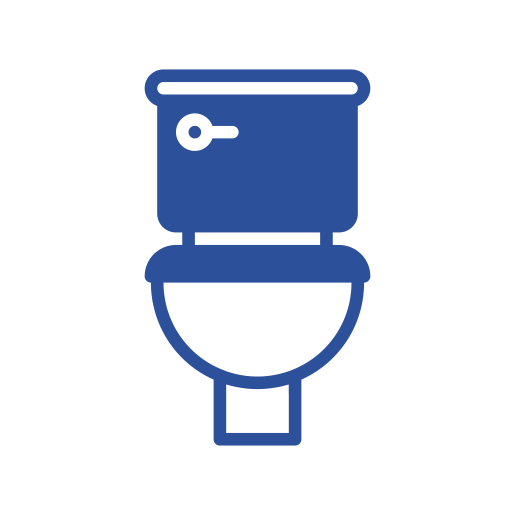Loading...
PNEUMATIC TYRE FITTING
- Always work in a clean environment where possible.
- Before fitting check that the tyre is the correct size for the rim and there are no obvious signs of damage or manufacturing defect.
- If using a new inner tube (advisable) check that it is the correct size for the tyre you are fitting it to. If you are re using an existing inner tube carefully check that there is no visible damage from foreign bodies or fitting damage from previous use.
- Check the rim carefully for signs of damage in particular those parts that will be in contact with the tube.
- Carefully check that the tyre and inner tube are free of debris. If the wheel has spokes fitted check that the correct rim band is fitted and positioned to cover the heads of the spokes.
- For a one piece rim fit one side of the tyre to the rim first then fit the inner tube into the tyre and partially inflate - this will avoid pinching the tube when fitting the other bead. Position the tyre and tube on the rim so that the bottom bead is located and the top bead sits on the rim. Using the correct fitting levers carefully ease the second bead onto the rim taking care not to pinch the inner tube between the tyre and rim. Extra care should be taken with the last portion of the tyre when prising onto the rim to avoid breaking the bead wire.
- For a two piece rim place the tube inside the tyre and partially inflate before putting the two rim pieces together. When bolting the two halves together check carefully that the inner tube does not become trapped between the two halves.
- When the tyre has been successfully fitted carefully check that it is fitted concentrically on the rim (there is generally a ring around the bead area to enable correct positioning).
- During inflation check that the tyre remains in position and does not hang up on part of the rim. The valve area can sometimes be a problem on narrow tyres as the base of the valve can become trapped between the tyre bead and the rim; if this occurs carefully push the valve partially through the valve hole into the tyre and continue inflating.
- Always inflate the tyre to the correct pressure (check the wheelchair/scooter handbook for the recommended tyre pressure) do not take the maximum pressure data on the sidewall of the tyre as the correct pressure this is merely a guide as to the maximum pressure it can be inflated to.
- Check that the valve is not leaking.
- Fit a proper valve cap that includes an internal seal as this is the primary air seal. Plastic dust caps should be avoided as they have no pressure sealing properties but are better than nothing.
- Replace the wheel taking care to ensure that the wheels nuts are tight or the quick release axle is properly located.
- Finally tyre pressures should be checked regularly to ensure correct and trouble free operation of the tyre.

 Bathroom Aids
Bathroom Aids Beds & Bed Aids
Beds & Bed Aids Car & Travel Aids
Car & Travel Aids Chairs & Seating Aids
Chairs & Seating Aids Cleaning & Hygiene
Cleaning & Hygiene Comfort & Dressing
Comfort & Dressing Continence Care
Continence Care Cushions & Supports
Cushions & Supports Daily Living Aids
Daily Living Aids Disabled Ramps
Disabled Ramps Footwear & Footcare
Footwear & Footcare Health & Medical Aids
Health & Medical Aids Medical Professionals
Medical Professionals Mobility Scooters
Mobility Scooters Paediatric Equipment
Paediatric Equipment Parts & Spares
Parts & Spares Patient Handling
Patient Handling Stair Lifts
Stair Lifts Therapy & Orthopaedics
Therapy & Orthopaedics Toileting Aids
Toileting Aids Walking Aids
Walking Aids Wheelchairs
Wheelchairs



